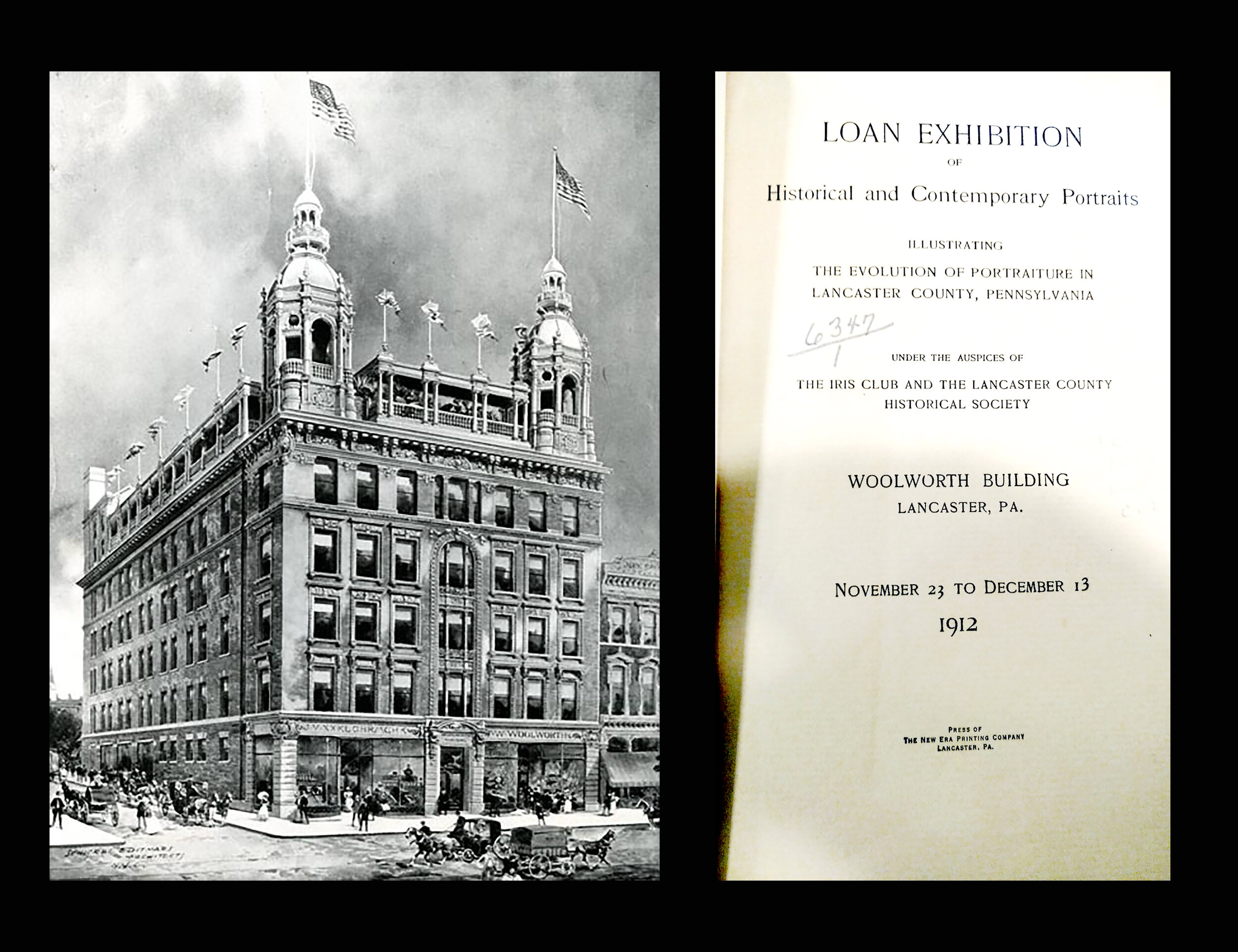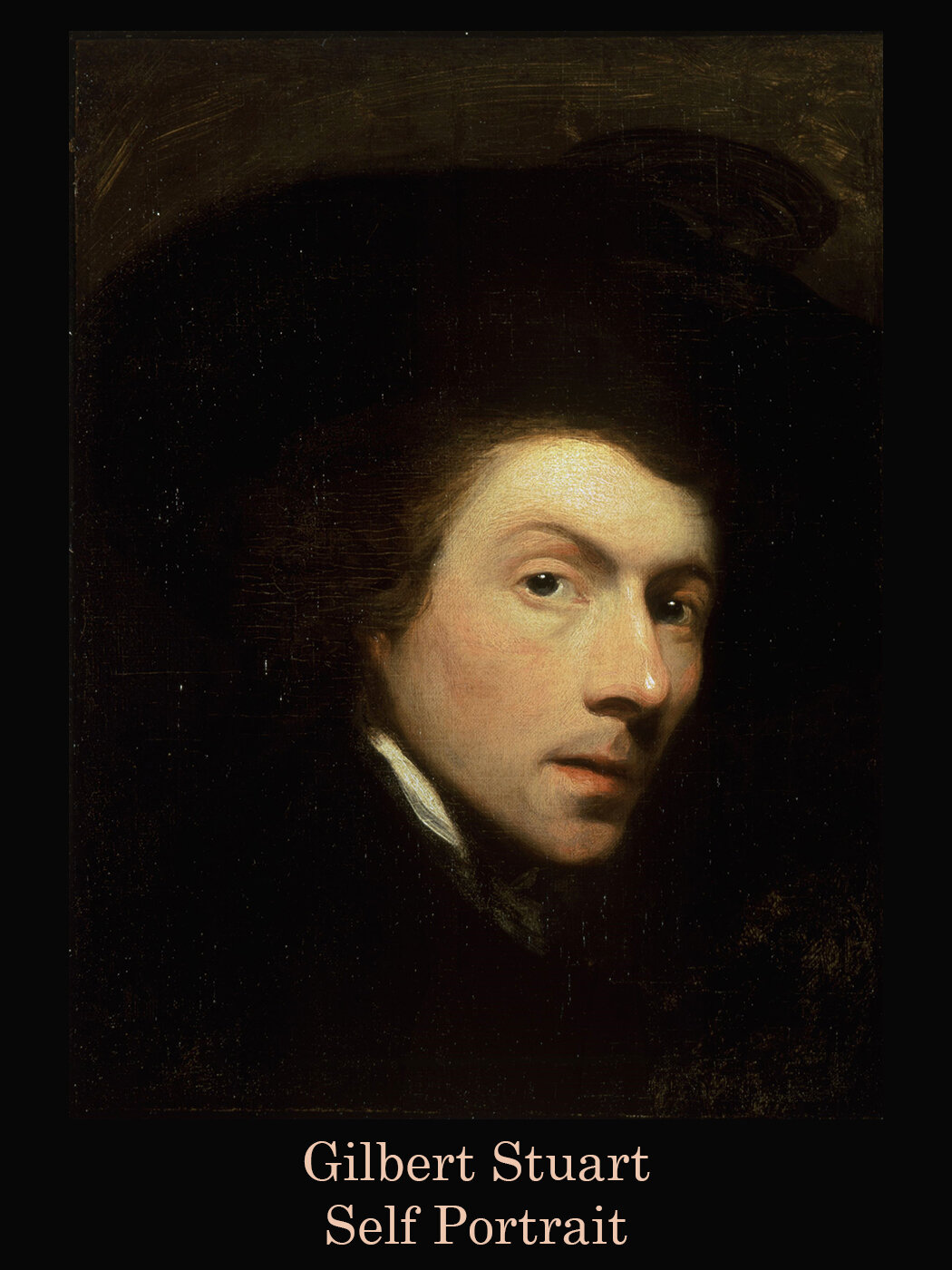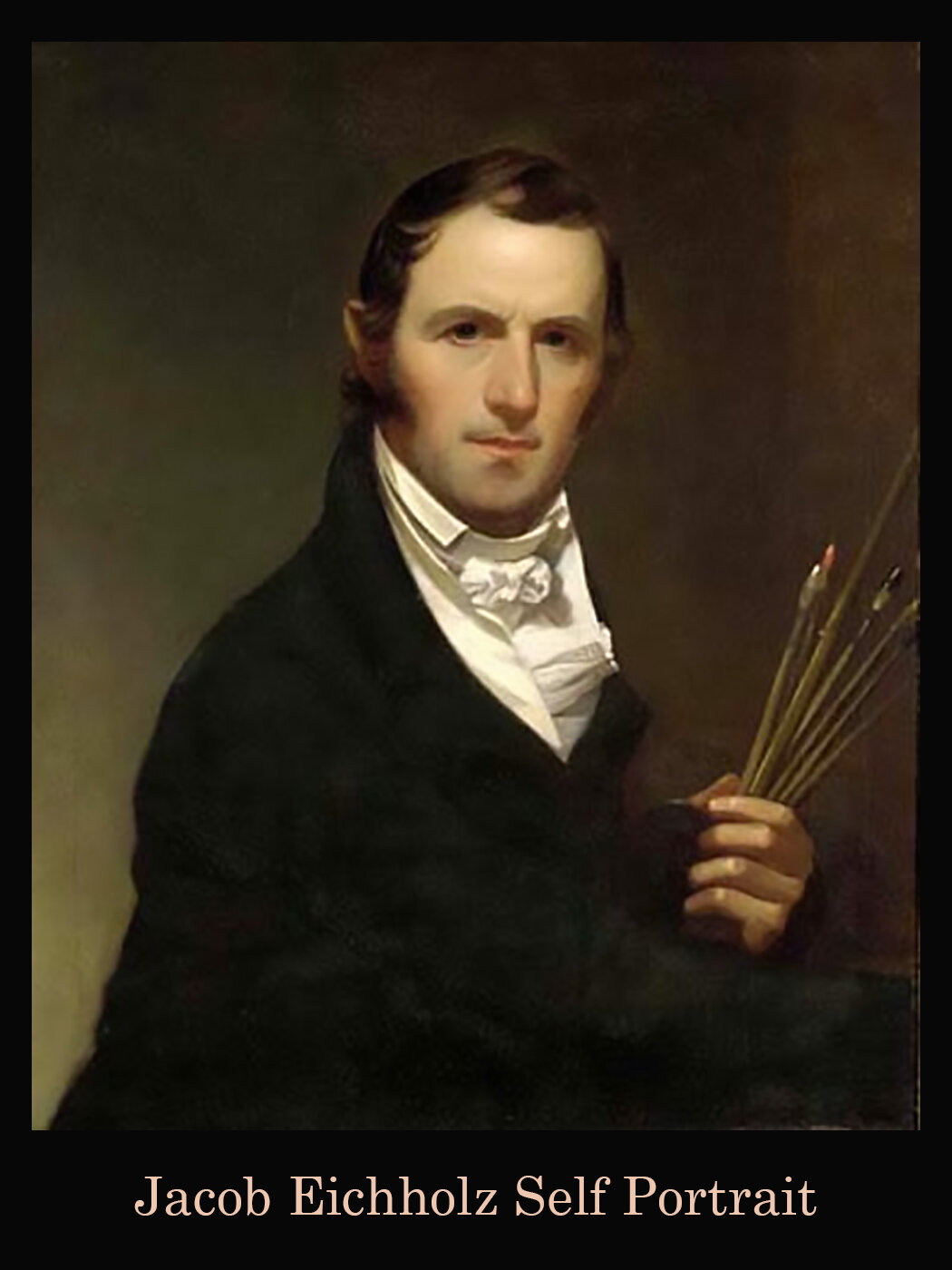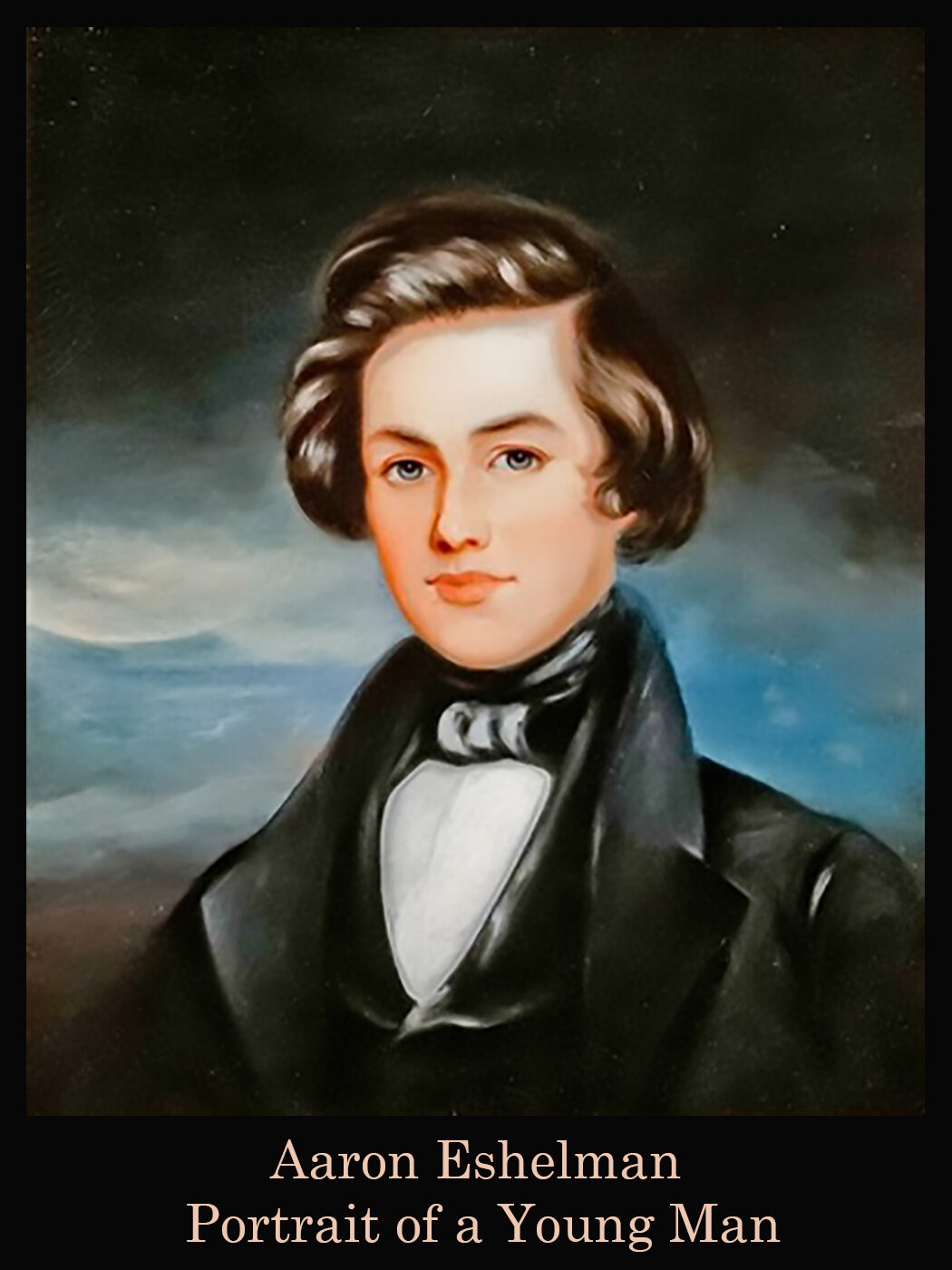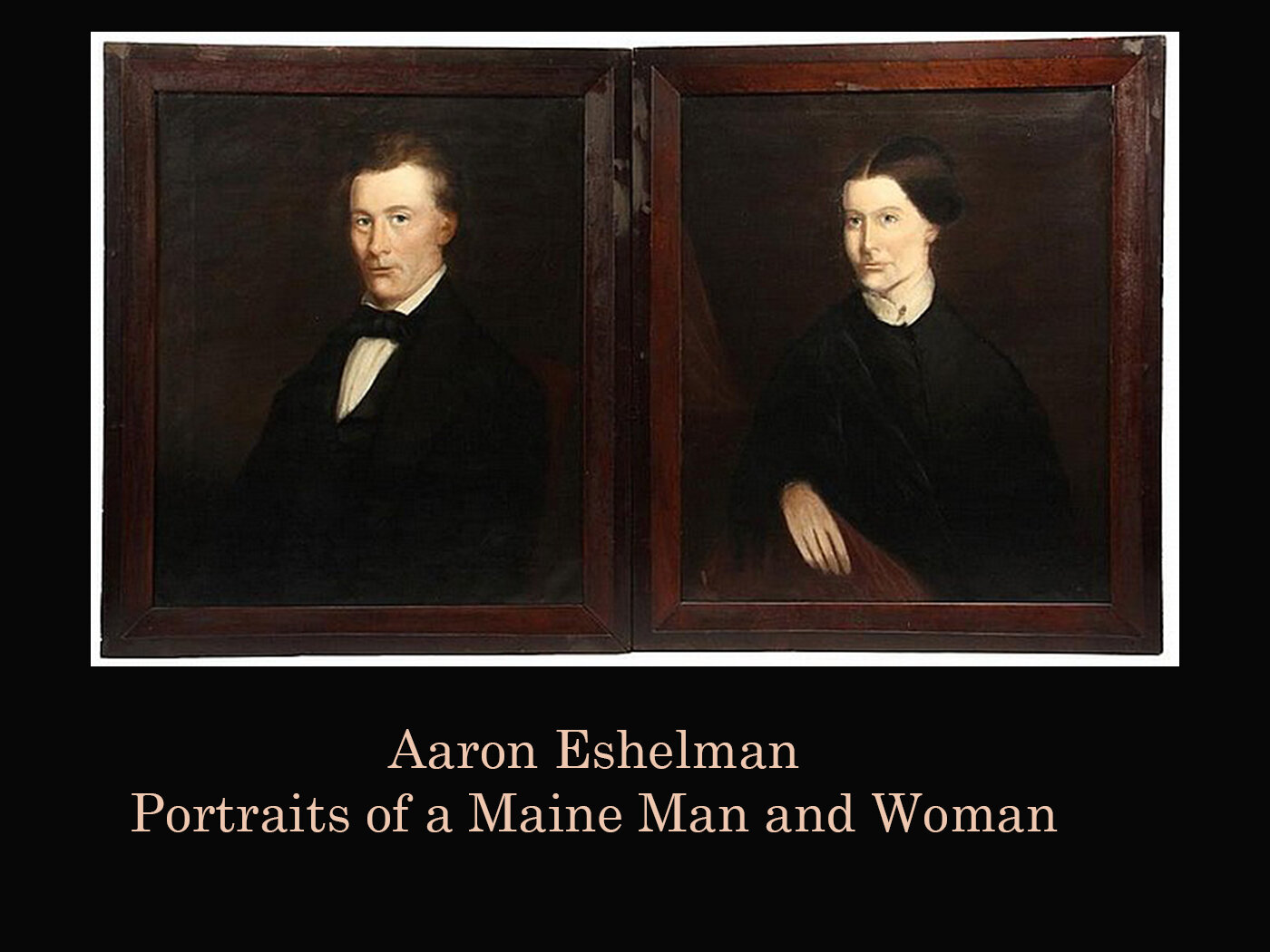Stop 5: Woolworth Building
Woolworth Building | 25 North Queen Street
In 1879, Frank W. Woolworth opened the first successful 5 and Dime store in the country, just up the street in the 100 block of N. Queen. His method of stocking merchandise on shelves accessible to customers revolutionized the retail business, and by 1900, he had built an empire. Despite this, Frank found that High Society regarded him as a mere “shopkeeper” instead of a “merchant”. Frank noticed that visionary Real Estate Developers were well respected and set out to build a new Flagship store to replace “old Store #01”.
He hired noted Lancaster architect C. Emlen Urban to design a seven-story building for the site at 21-27 North Queen street. The entire first floor would be a storefront for Store #1, with 5 floors of offices above and topped by a rooftop garden and theater. The building became a dress rehearsal for the Woolworth Building in Manhattan a decade later.
Woolworth Building: Courtesy of the Lancaster County Historical Society
It was here, in the winter of 1912, that the “Loan Exhibition of Historical and Contemporary Portraits Illustrating the Evolution of Portraiture in Lancaster County, Pennsylvania” –commonly shortened to “The 1912 Portrait Show”—was held.
His biographies claim this was the only time Demuth publicly exhibited his artwork in Lancaster during his lifetime. It wasn’t, but it may have been the last time. The exhibition was well received by the residents of Philadelphia, Harrisburg, even as far away as New York and Washington, but “received scant local interest.” What interest there was among the locals was focused on the well known Lancaster artists of the eighteenth and nineteenth century, especially Jacob Eichholtz. Demuth wrote an essay about his great uncle Aaron Eshelman that was presented at the Lancaster Historical Society in conjunction with the exhibition. His essay was not very complimentary, claiming that Eshelman was merely copying the style of Eichholz, who was himself copying the style of Gilbert Stuart. He wrote: “Towards the end of the eighteenth century and at the beginning of the nineteenth, painted, in England, Reynolds, Romney, Lawrence. After them, in America, painted Gilbert Stuart. After Gilbert Stuart painted Eichholtz, after Eichholz painted Bannade, after Bannade painted Aaron Eshelman. These men, our local portrait painters, from Eichholz on, could no more get away from the influence of Gilbert Stuart than can those so-called ones now, in our own time, rise above that of John Sargent…If it can be said of a great modern, short story writer, ‘He was the first to make vulgarity art,’ then we can surely say in speaking of Stuart: ‘He was the first to raise confectionaries into the realm of talented painting.’ All of Stuart’s followers, from Eichholz to Eshelman, have copied his surfaces and his cloying sweetness, missing the greater things which make his art, at times, more or less real.”52 This brash lack of respect for his predecessors combined with the modern, “unfinished” look of his self portrait did not impress the local visitors.
Charles Demuth, Self Portrait, 1907, oil on canvas, 26 1/6" x 18", Demuth Museum Collection, gift of Margaret Lestz
Almost every biography you read about Demuth will list his name as “Charles Henry Buckius Demuth”, but that is not the name on his birth certificate, his Baptism record, his death certificate, or his tombstone. The only places that name appears are in the 1912 Portrait Show catalog and in his will. Everywhere else, his name is Charles Henry Demuth. Even in the will, the Buckius name is inserted above the typed name “Charles Henry Demuth”.
I should also discuss the pronunciation of his family name. There are three variations, and depending on where you are and about whom you are speaking, any or all may be correct. The three different pronunciations for the family name are: De Mutt, with the last syllable rhyming with root; deMOOTH, with the last syllable stressed and rhyming with tooth; and DEEmuth, with the accent on the first syllable.
De Mutt is the traditional German/Moravian pronunciation of the name and is the way a Pennsylvania Dutch person would pronounce it.
DeMOOTH is the “English” pronunciation of the name and is the most commonly used. I tend to think of De Mutt in relation to the earlier generations of the family in Lancaster: Christopher, Jacob, Henry, and Ferdinand--Demuth’s Great, Great Grandfather, Great Grandfather, Grandfather, and Father. DeMOOTH gained prominence around the first world war, when German street was renamed Farnam Street and Demuth's Uncle Henry adopted the name Harry as a way of distinguishing that he was an American, not a German.
Charles seems to have preferred DEmuth, holding to the more traditional German pronunciation while softening the second syllable with the English “th.” Some of his nicknames include “Deem” and “Demo” from this pronunciation.
Despite Demuth's preference for DEmuth, most people in Lancaster continued to use deMOOTH. This may have been a source of irritation for DEmuth, who was known to periodically wear a “look of hurt ferocity”. But Demuth hated arguments and was too polite to correct people, at least out loud.
When he etched his name on the window-pane at Sunnyside Farm that served as Ike Stauffer's guest book, he spelled it “C-h-a-r-l-i-e D-E-m-u-t-h”. I believe this was Charlie's quiet way of insisting his name was “DEEmuth” not “deMOOTH”.
Charles did receive one commission as a result of the Portrait Show, from the mother of his friend Hawthorne Steinmetz. The painting was not well received. Hawthorne’s mother commented: “Hawthorne’s not a handsome boy, but he doesn’t look like a monkey!” The fate of this portrait is unknown; it disappeared while Mrs. Steinmetz was alive.53
We will now move from Lancaster’s shopping district to its theater district.
52 Demuth, “Aaron Eshelman” Papers Read before the Lancaster County Historical Society, Vol.XVI, Pg.247
53 Lestz, Charles Demuth and Friends, p. 27


